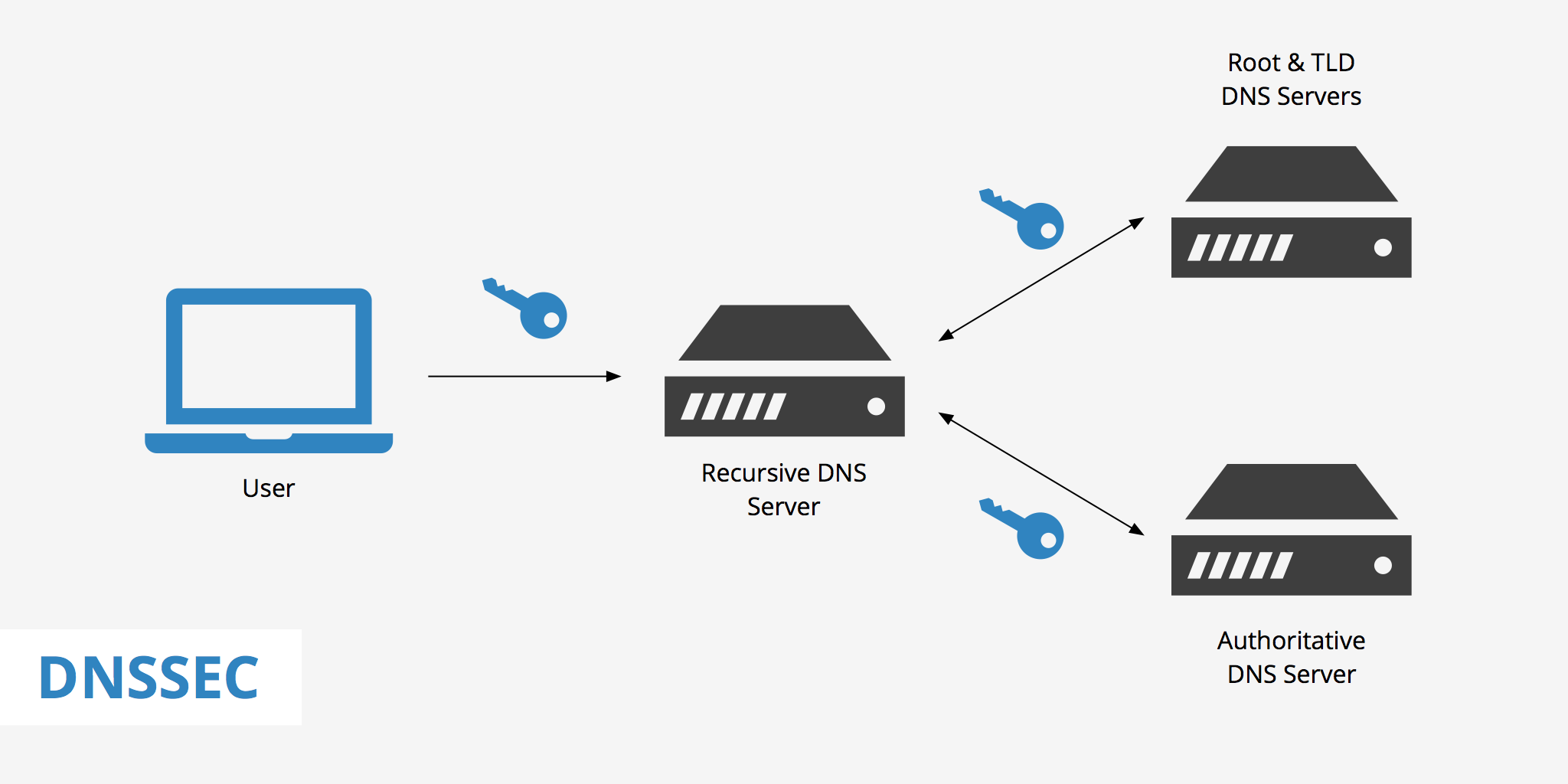Introduction
DNS propagation is a crucial process in managing your website’s domain name system (DNS). Understanding how Domain Name System (DNS) propagation works can help you manage your site’s availability and troubleshoot common DNS issues effectively.
What is DNS Propagation?
Domain Name System (DNS) propagation refers to the time it takes for DNS changes to be updated and spread across the internet. When you update DNS records, these changes need to be reflected across various DNS servers worldwide. This process can take time, leading to a delay before the changes are visible globally.
How Domain Name System (DNS) Propagation Works
When a DNS change is made, such as updating an IP address or changing a name server, the information is stored in the DNS zone file. These changes are then propagated to DNS servers around the world. Each server updates its cache according to its TTL (Time To Live) settings, which dictates how long it holds onto the DNS information before refreshing.
Factors Affecting Domain Name System (DNS)Time
Several factors can influence the time it takes for DNS propagation to complete:
- TTL Settings: The duration for which DNS information is cached.
- ISP Cache: Internet Service Providers’ DNS caches might take time to update.
- Global DNS Servers: The speed at which various DNS servers around the world update their records.
Checking Domain Name System (DNS)
To check the status of your Domain Name System (DNS) propagation, you can use several tools:
- DNS Checker: Provides a global view of your DNS status.
- WhatsMyDNS: Offers a quick check of Domain Name System (DNS) from multiple locations.
- Dig Command: A command-line tool for querying DNS information.
Common DNS Issues and Solutions
- Delayed Propagation: Adjust TTL settings to a lower value before making changes.
- Incorrect DNS Records: Double-check the DNS records for accuracy.
- ISP Caching: Contact your ISP if changes are not reflected after a significant time.
Understanding Domain Name System (DNS) propagation is essential for maintaining your website’s accessibility and troubleshooting DNS-related issues. By familiarizing yourself with the process and using the right tools, you can ensure smooth DNS updates and minimal downtime for your website.




